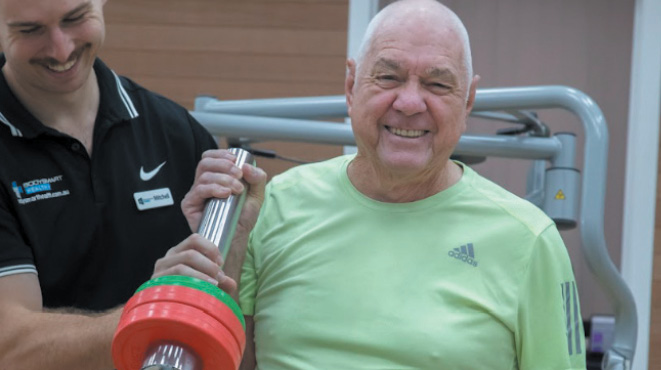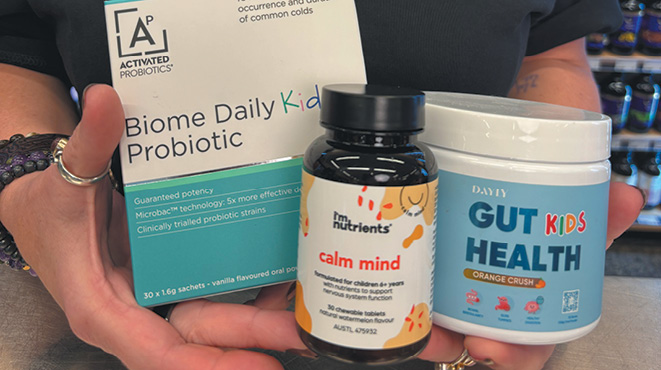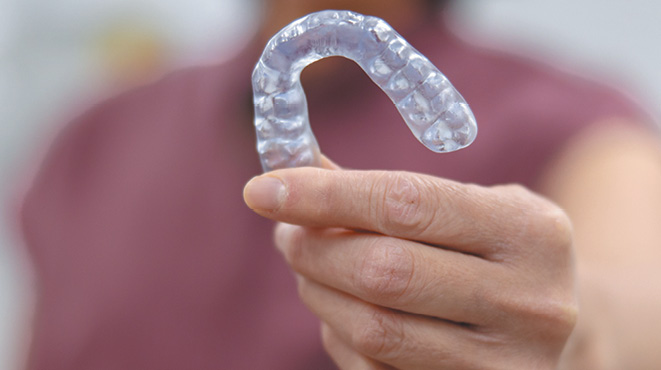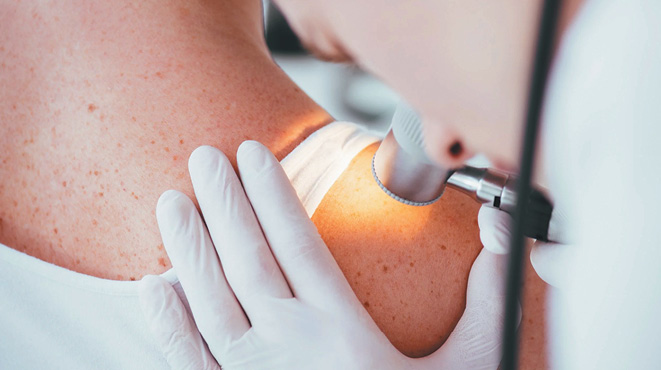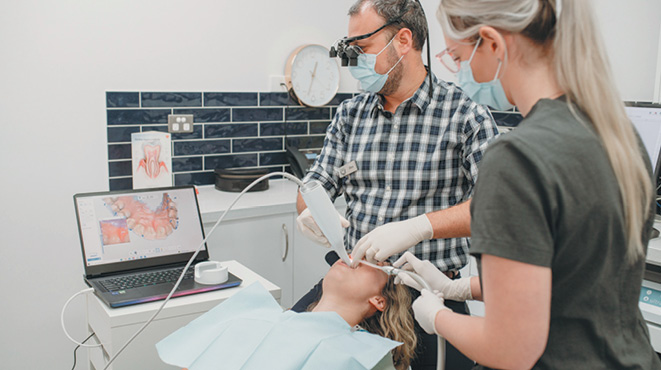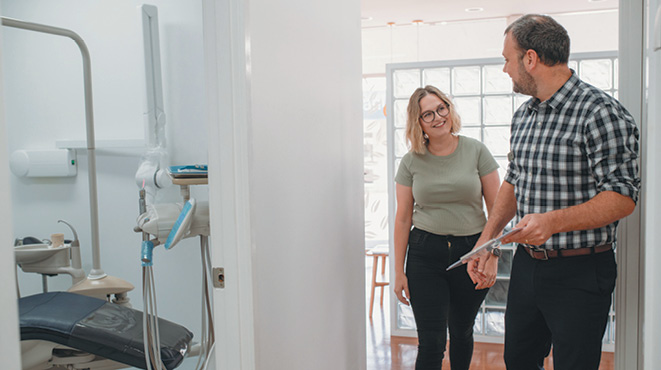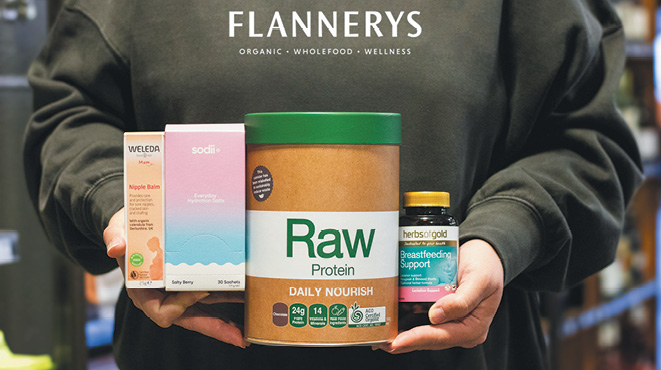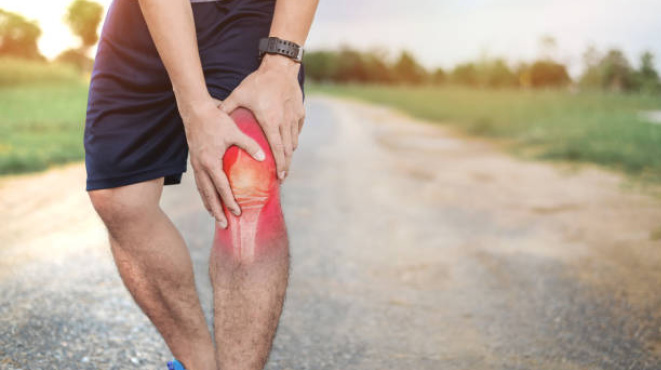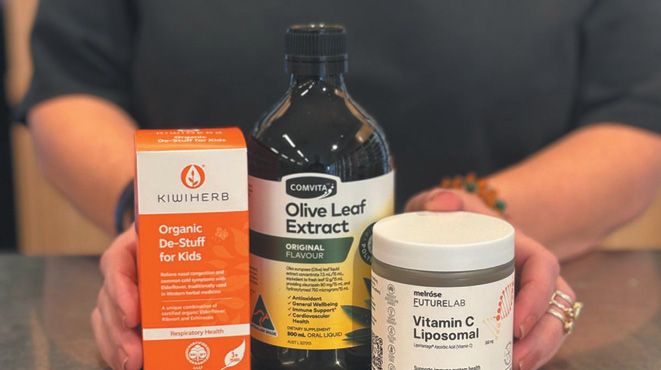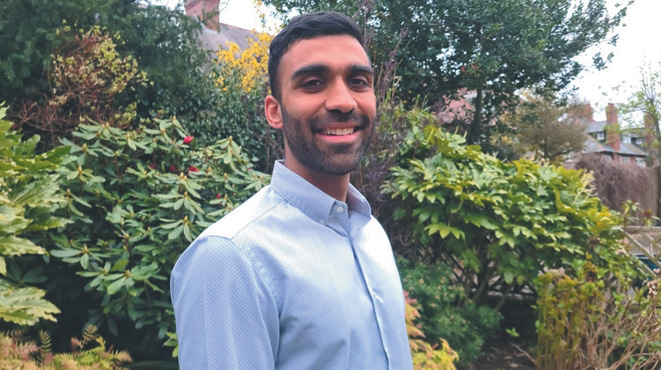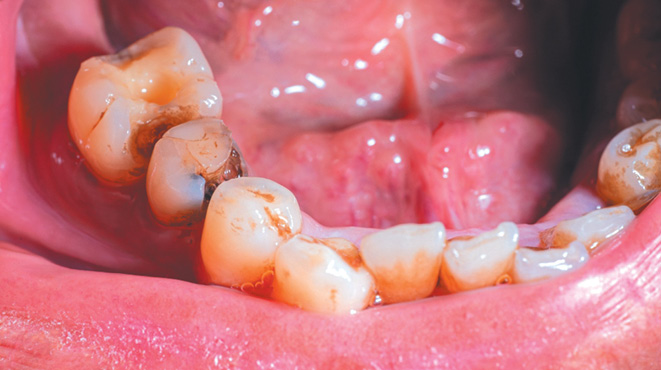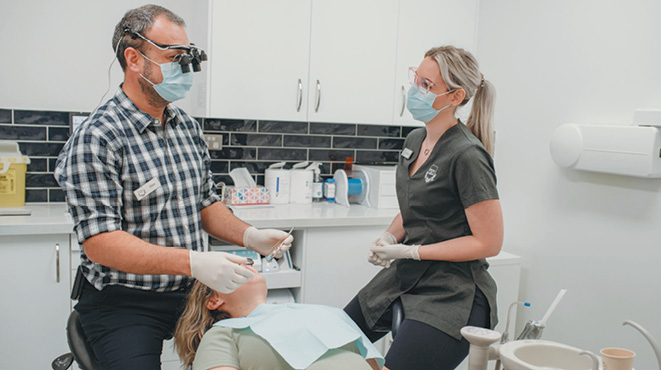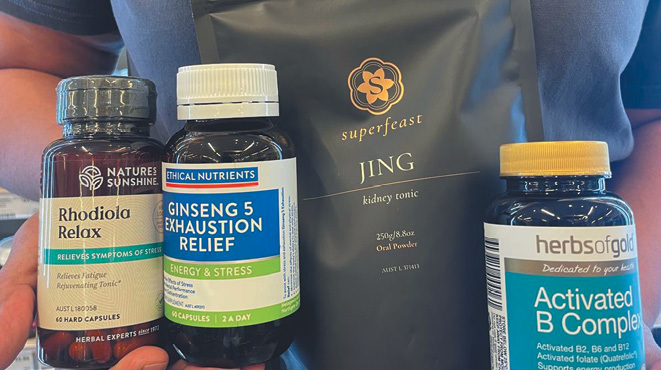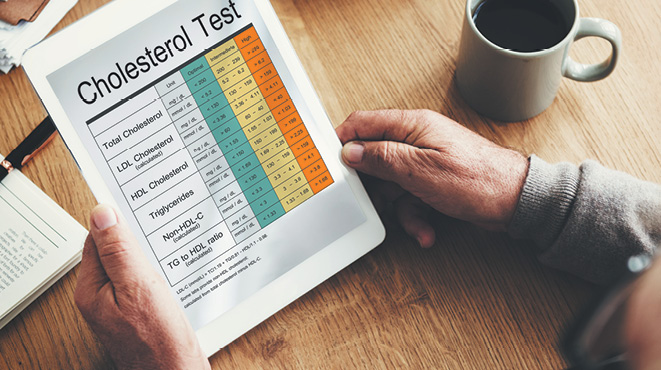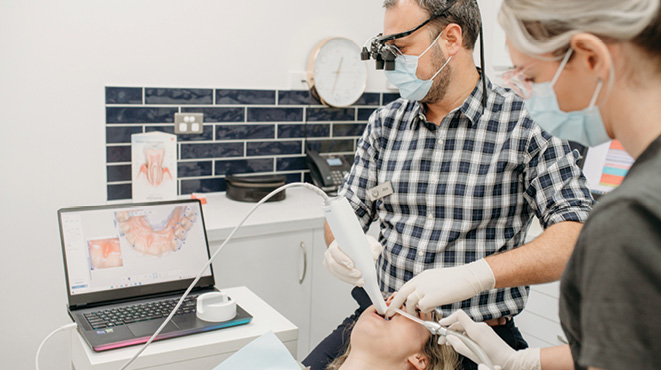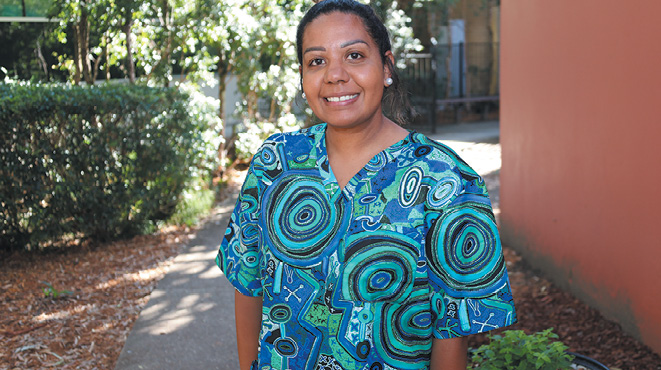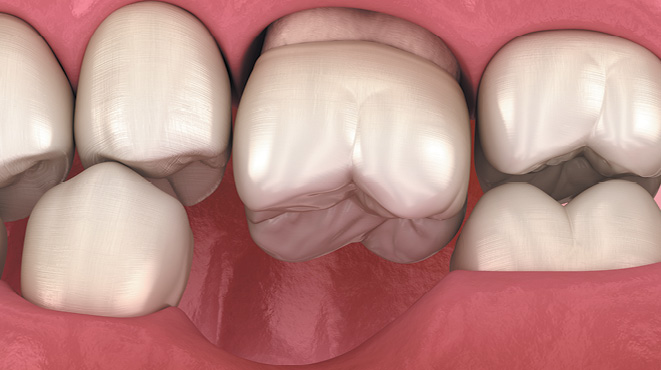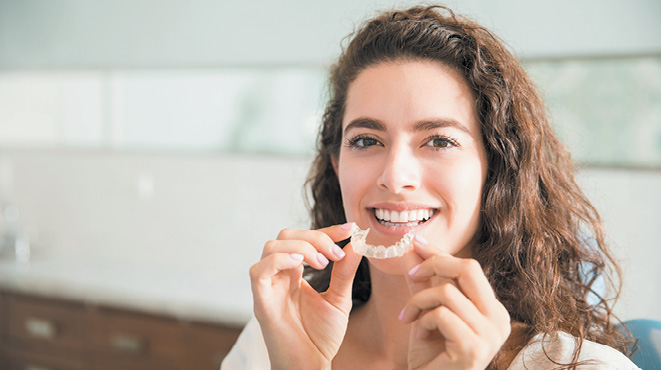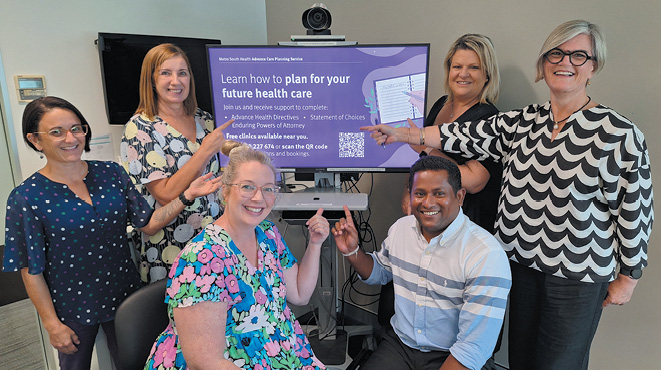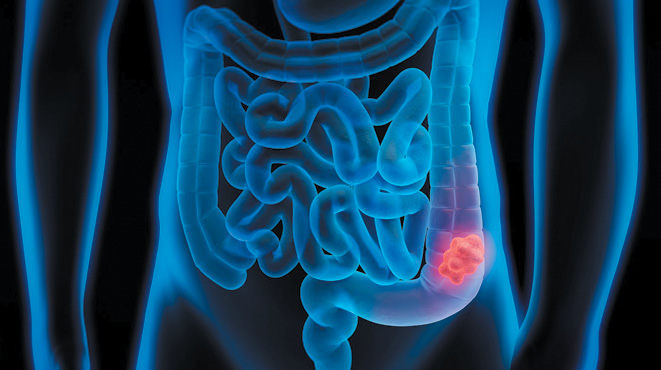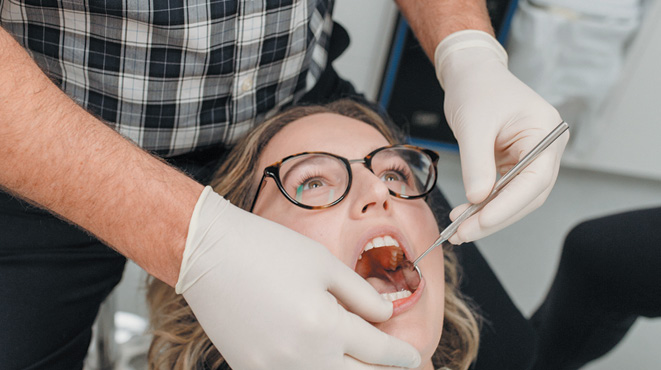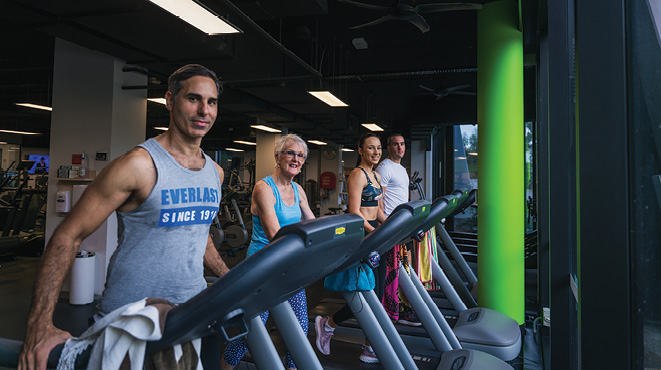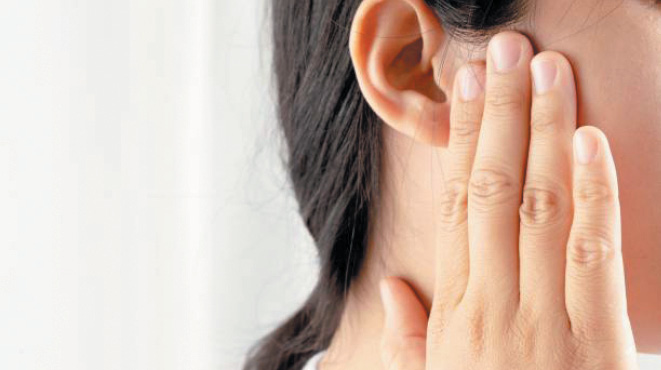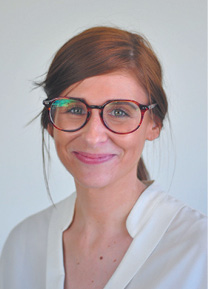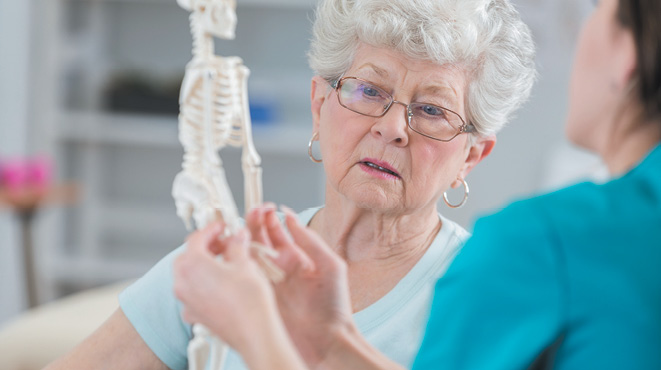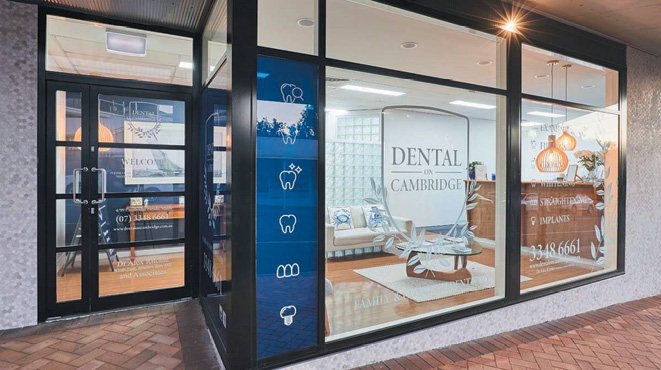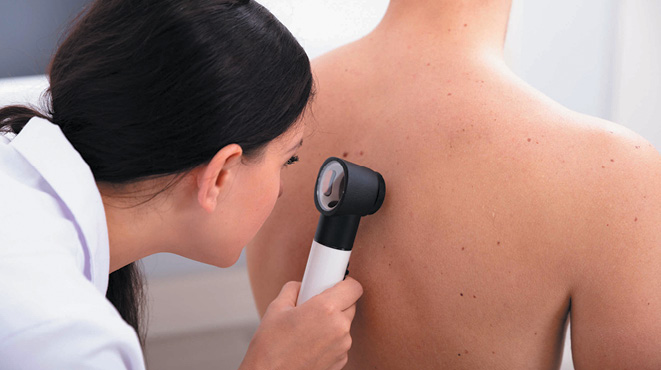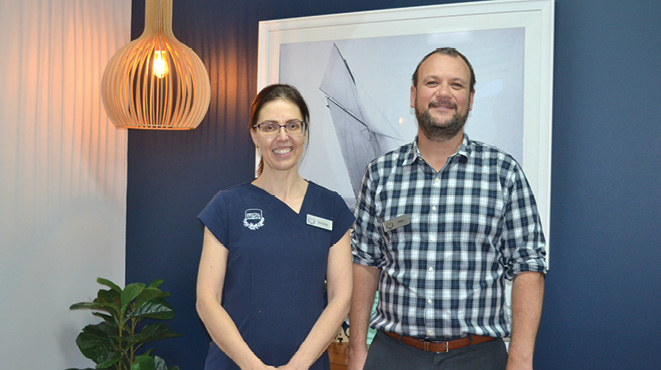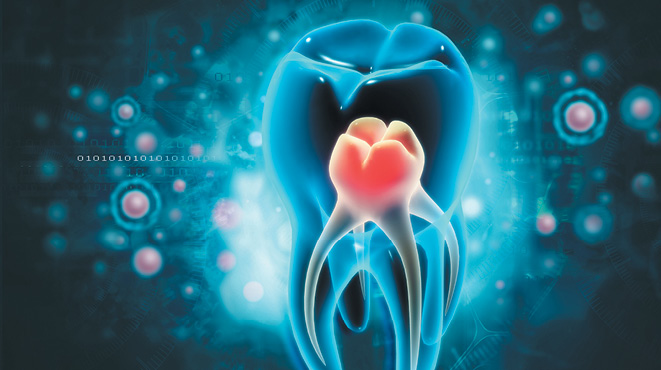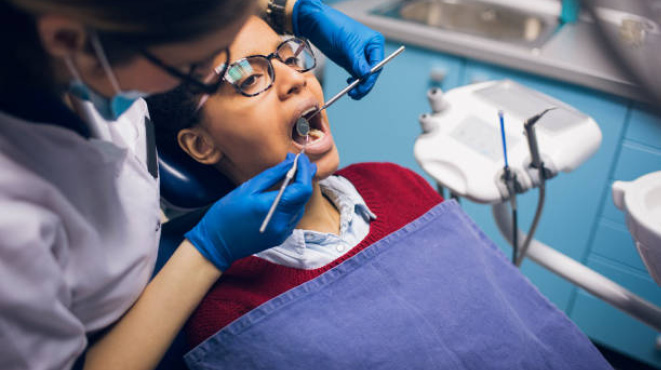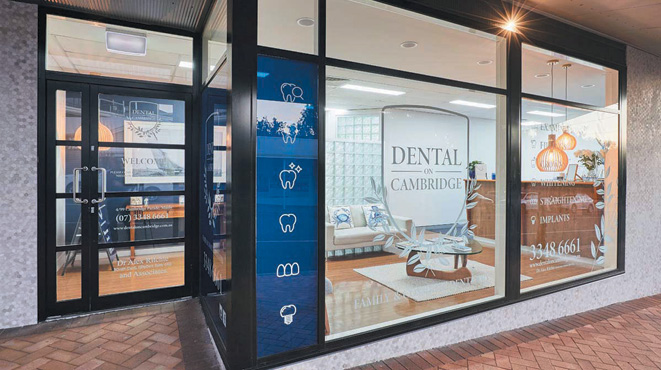Photo: Supplied.
BY GRACE COOPER (BPhty), BODYSMART HEALTH+
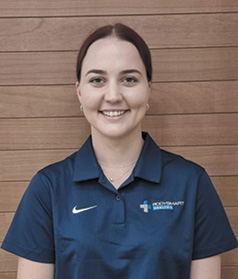 Here I will be breaking down bone density myths and discussing advances in Osteoporosis management. Osteoporosis has been titled “the most common metabolic bone disease in the world”. So how much do you know about it?
Here I will be breaking down bone density myths and discussing advances in Osteoporosis management. Osteoporosis has been titled “the most common metabolic bone disease in the world”. So how much do you know about it?
So, what is Osteoporosis?
Osteoporosis is a condition in which the body’s natural process of bone remodelling is disturbed and bone reabsorption occurs more rapidly than bone formation, resulting in low bone mineral density. Low bone mineral density can often go unnoticed until an individual has a fall or in serious cases, coughs and fractures a bone.
Who is at risk of developing Osteoporosis?
Women over the age of 50 are four times more likely to develop Osteoporosis in comparison to men (Alswat, 2017). Oestrogen deficiency in postmenopausal women increases the body’s sensitivity to bone reabsorption signals released by the parathyroid hormone, subsequently resulting in significant reductions to bone mineral density (Keen, 2022). While women are predisposed to greater risk, recent studies have shown men have increased associated complications related to their disease (Alswat, 2017).
Other modifiable risk factors include smoking, excessive alcohol intake, poor diet and living a sedentary lifestyle (Osteoporosis Int., 2022). While we have only highlighted a few of the many risk factors for Osteoporosis, we hope you understand the importance for everyone to seek early treatment from a trained health professional.
Can I prevent Osteoporosis?
Yes. If caught early enough, bone mineral density can be maintained to prevent the progression from Osteopenia to Osteoporosis.
How can I manage my current diagnosis?
Management for Osteoporosis often consists of modifications to many lifestyle factors including physical activity, diet and medication prescription where deemed suitable by your general practitioner.
Physical activity is universally recognised as the gold standard treatment due to the multi-factorial approach of improving bone mineral density and reducing falls risk via mechanical loading, hormonal regulation and proprioceptive training (Osteoporosis Int., 2022). In conjunction with activity modification, it is important that an individual’s diet meets their nutritional needs to promote bone mineral density across the lifespan.
A dietician can review your daily dietary intake to determine if any essential nutrients which support bone remodelling are deficient. Here you will be provided with a personalised diet plan and education on how to incorporate these changes into your daily life.
Finally, to manage fatigue, an occupational therapist is best suited to implement energy conservation strategies as well as offer home visits to assess your home environment to modify high risk areas with appropriate equipment prescription.
If this sounds like something you could benefit from, please contact us at BodySmart Health+ and we will be happy to book you in for an appropriate initial consultation.
About the author
Grace is a qualified physiotherapist, working at Body Smart Health+ in Cleveland. Grace is experienced with working with clients across the lifespan and has a special interest in complex rehabilitation, paediatrics and supporting clients through injuries and setbacks.

